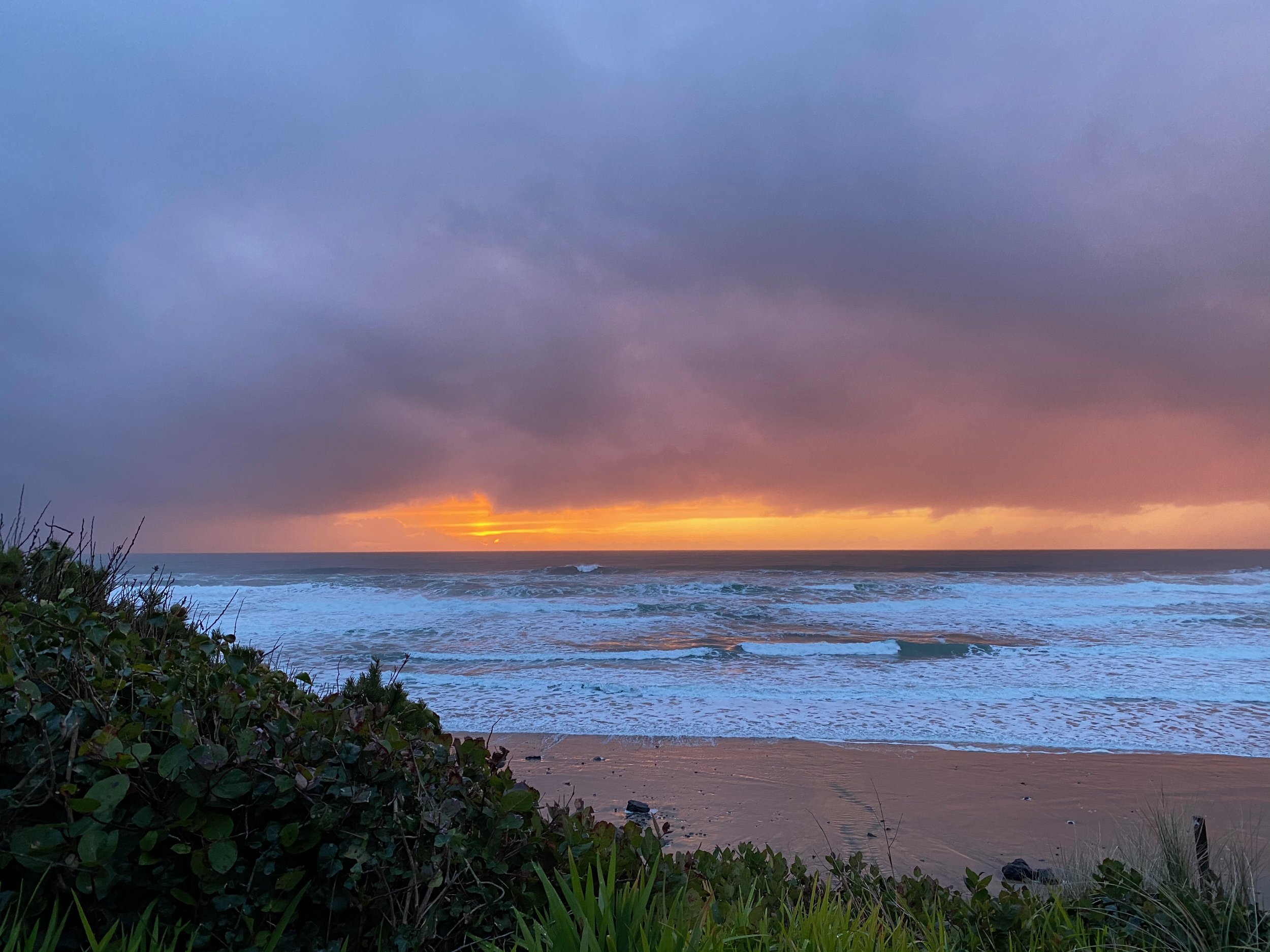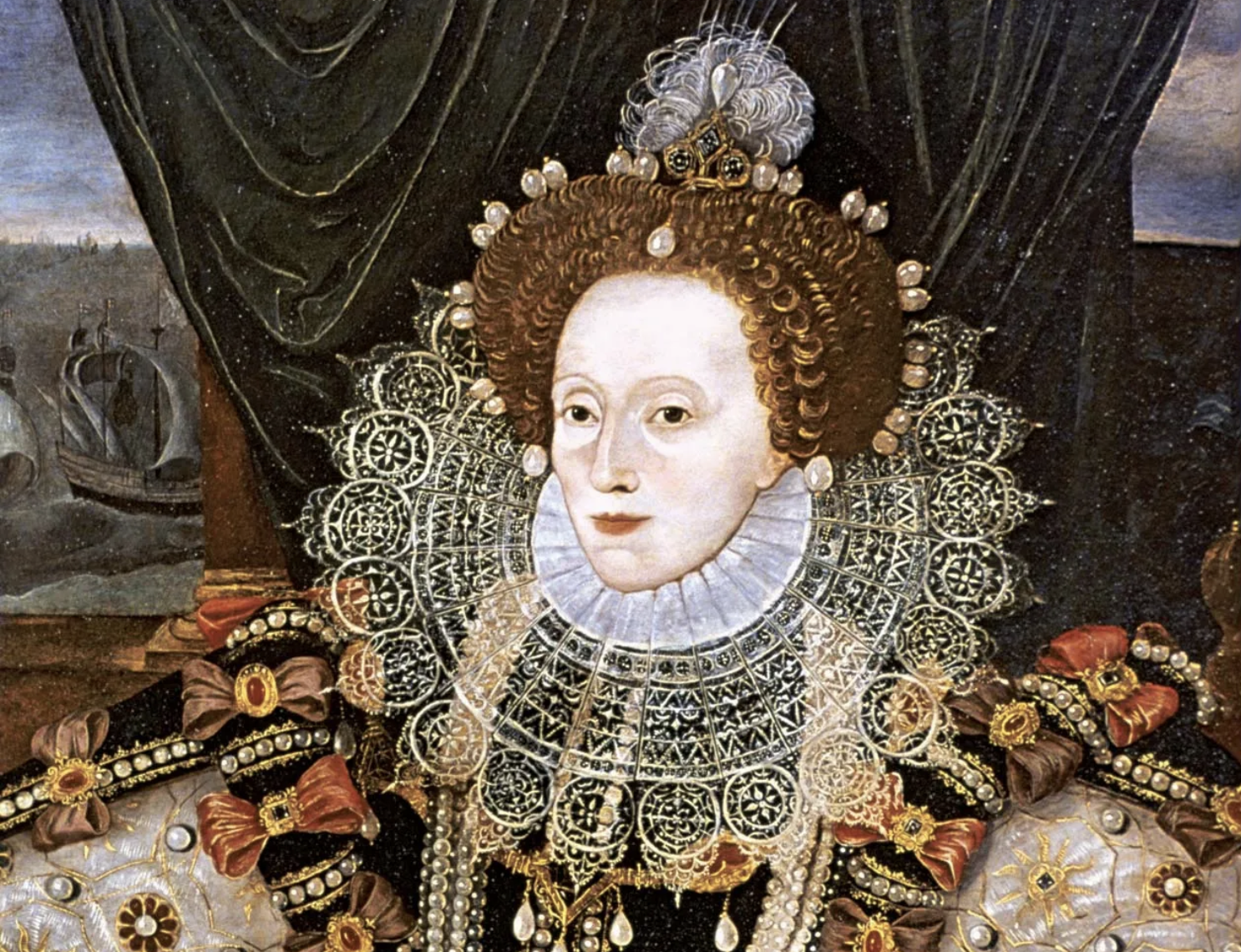
The Plot.
The Royal Plot
With Drake’s letter to the Queen confirming that 'many untruths have been published and the certain truth concealed,' we can examine the various stages of the Royal Plot to erect a veil of secrecy around the Famous Voyage, in order to keep secret from arch-rival Spain Drake's search for the North West Passage. There were four main stages:
Before the voyage had even begun, it was originally documented that Drake was going on a trade mission to Alexandria in Egypt. This was probably the basis on which the crew and most of the officers were recruited.
Before he set off, Drake was told by the Queen that the search for the North West Passage was to be kept secret, at every stage. When Drake unexpectedly found that the Atlantic and Pacific Oceans joined below South America, providing an alternative sea route to the Magellan Strait, this was added to the 'secret' list. Then, when Drake headed north in search of the North West Passage, he came across what is now the Strait of Juan de Fuca, lying just above 48° latitude. He mistook this for the entrance to the North West Passage. We do not know how far he went in trying to find the next stage of the Passage, which of course does not exist, at least not there. The Molyneux Globes provide a hint that he established the insularity of Vancouver Island, and it is just possible, though unlikely, that he might have sailed round it, emerging from Queen Charlotte Sound. On the other hand, he might have retraced his steps, sailed back out of the Juan de Fuca Strait and gone north, discovering Queen Charlotte Sound in the process. Just how far north he actually went is highly debatable. We have presented some cartographic 'hints' that he might have gone as far as 58°, where he found that the Alaska coast started to veer off to the west. However far he went, it was necessary to protect the discovery of the Juan de Fuca Strait, just in case it was the start of the fabled Passage. The crew were instructed to mention neither the Southern Strait nor the northern one, and 57° was set as the official extent of their southern movements, and 48° as their northernmost movements. They spent the summer at Whale Cove, which lies at 44°; it is also where they left Tello’s bark and about 25 souls to man her. The crew of Tello’s bark were to winter on the Oregon Coast and then resume the search for the North West Passage. As that crew would not be on the Oregon Coast for very long, there was no need to disguise the latitude of their New Albion anchorage. This was the second stage of the Plot, devised on the way home.
When they arrived back in England, Drake reported to the Queen and handed over all his logs, charts, etc. These were never seen again, and were probably destroyed in the fire that consumed the Royal Library in 1616. The Queen appears to have given instructions that no information is to be released about Drake’s Famous Voyage, even though it is the greatest English maritime achievement to date. No accounts of the voyage are published. This is Stage Three of the plot. At Drake’s knighthood in 1582, Philip Jones interviews eight senior members of Drake’s crew, gathered for the celebration. He did so for his boss, Richard Hakluyt, writing an account of the part of the voyage including entering the Pacific and getting back home. As of this point, he already has accounts from John Cook and John Winter of the first stage. No mention is made of the Southern Passage, and only that they searched for the Strait. Someone mentions a latitude in the 50s, and Jones writes down the number, but is immediately told to change it to the agreed northern limit of 48°. The anchorage is correctly placed at 44°. Jones asks steward John Marten to write a short account of the treasure that they gathered. This account also maintains the convention of not mentioning the finding of either Strait and cites 48° as the most northerly latitude. Again the anchorage is correctly placed at 44°.
The political tension between England and Spain continues. Philip of Spain wants Drake hanged and his plunder returned, but Elizabeth refuses to do either. Instead she knights Drake in public. Spain is too stretched to take any immediate action, but is preparing plans for an invasion. Meanwhile, the political situation provides Elizabeth with a convenient excuse for not publishing any accounts of Drake’s voyage. Drake preempts an invasion in 1586 by sinking in Cadiz harbor an armada being gathered there. Then in 1588, Philip sends the Spanish Armada to invade England. It is defeated in the Channel, with Drake and Good Luck playing important parts. There is now no excuse for not publishing an account of Drake’s voyage. In 1589, Hakluyt publishes his "Principall Navigations", apologizing at first for not including an account of Drake’s circumnavigation, but inserting a short account, on un-numbered pages, after publication and distribution has commenced. The highest latitude mentioned by Hakluyt is now 42°, not 48°, and the anchorage is now given as 38°, rather than the 44° in the account that Philip Jones compiled. There was no sign or news of the crew Drake left to man Tello’s bark, so maybe the 42° was deliberately set below 44°, to protect them in case something had happened to them (as it had).
In 1592, Drake sent his letter to the Queen, asking to set the record straight, "that posterity not be denied", but the Queen was apparently deaf to his request. In 1596 Drake dies. In 1600, Hakluyt updates his account, changing little, but removing the tell-tale marginal note about the Northwest Passage, and changing the 42° to 43°. In 1602, Queen Elizabeth dies, having never allowed the true story of Drake’s movements to be told. In 1980, Bob Ward solves the puzzle.
